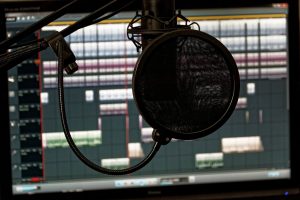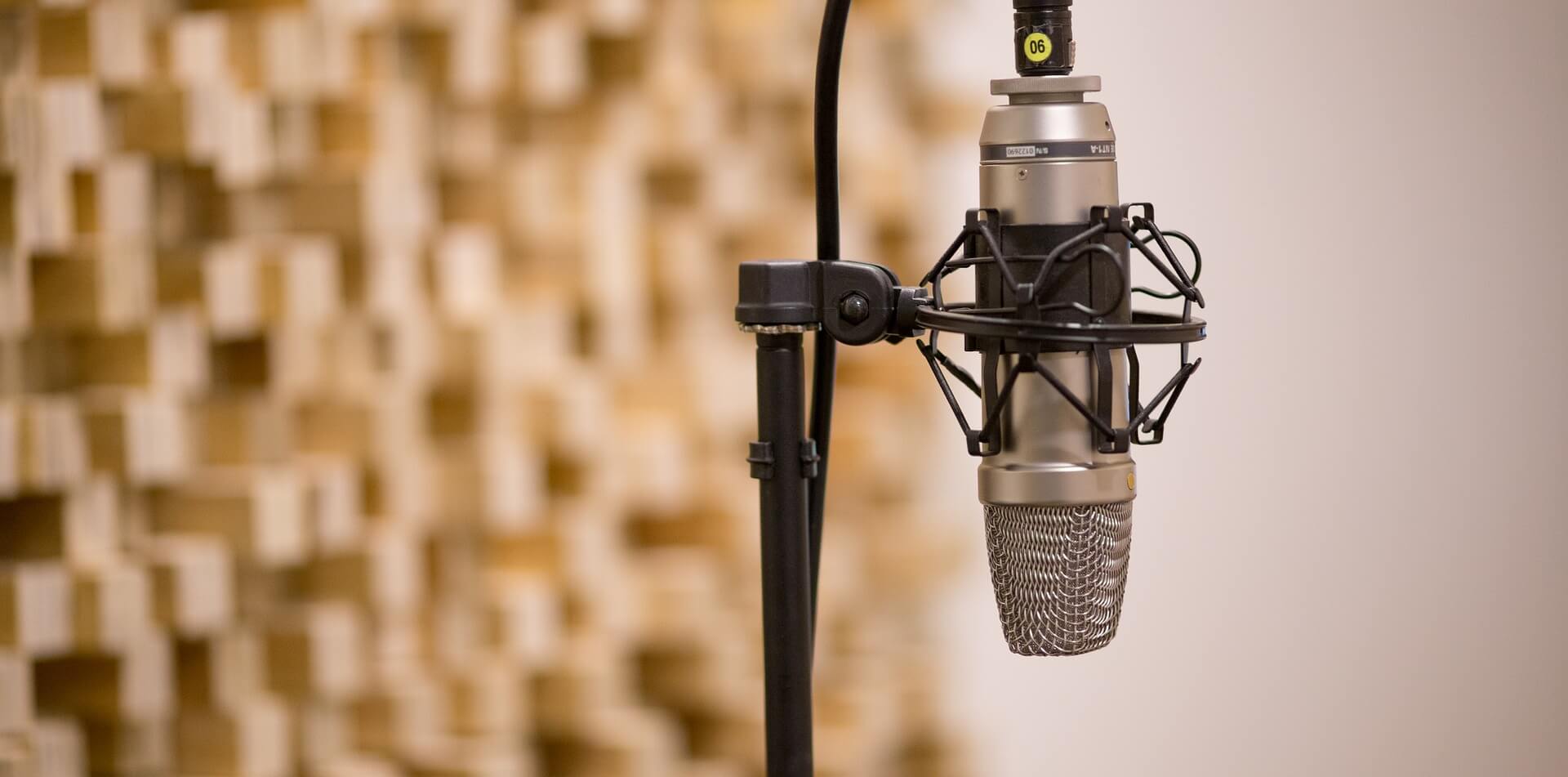Audiobooks are a great way to relax or pass the time while driving, commuting, doing chores, and probably many of the listeners are wondering how they are made. Let’s find out in what follows.
Audio rights are among the set of rights an author grants a publisher when entrusting them with their written work and represent an important revenue stream these days. The publishing company has two options: to either make the audiobook themselves if they have their own audiobook imprints or outsource the job to a third party by licensing them the audio rights.
Once this has been decided, the next step is to cast a narrator, or several, and to prepare the text for production. Sometimes the publisher holds auditions to select the narrators, other times the author themselves gets to pick them, and on other occasions, the producers recommend the best voice actors from their portfolio.
This step is actually very important, as the voice actors will take on the difficult task of conveying every emotion in the book and the quality of the final product heavily depends on their skills. When reading a book, it’s basically you and the words, while when listening to an audiobook, it’s you and the voice, so in order to keep you focused, it’s important the story to be brought to life by the narrator.
To this purpose, the narrators have to go through a preparation stage before actually beginning to record the text. They first read the book in order to get every information they can about the characters – their nationality, their accent, how they walk, breathe, the inflections of their voice, and so on. Sometimes these details are mentioned by the author in the book and the actors have to accurately voice them, but other times very limited information is given and the narrators have more freedom to improvise.

There are cases, though, when the authors prefer to narrate their books themselves. They happen to have great vocal skills and couldn’t imagine anyone else doing the job, or maybe the content is so personal that it would be hard for someone else to capture its essence, such as a memoir.
When it comes to the text itself, there are also several stages of preparation. If it’s a non-fiction book, for instance, there are several aspects that have to be taken into account, such as footnotes, formatting, quotations, pronunciation of technical words, etc.
When the actual recording starts, there are usually three people involved: the actor/narrator, a director, and a recording engineer. However, there are cases when narrators do the recording by themselves in a home studio. As in any other type of performance, the director follows the text, gives instructions and coaches the voice actor, while the engineer makes sure everything goes smoothly from a technical point of view.
Once the book has been recorded, the audio performance is checked for errors, text accuracy, consistency, pronunciation, background noises, and so on. When all the corrections have been made, the audiobook is ready for release.





